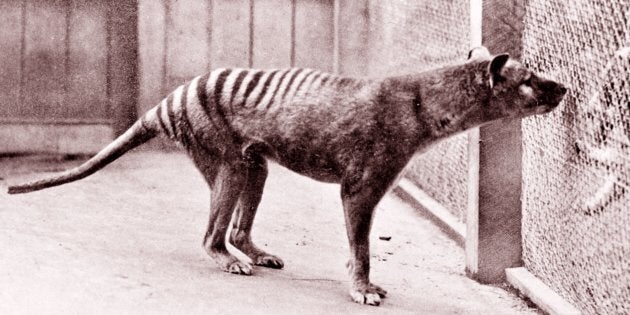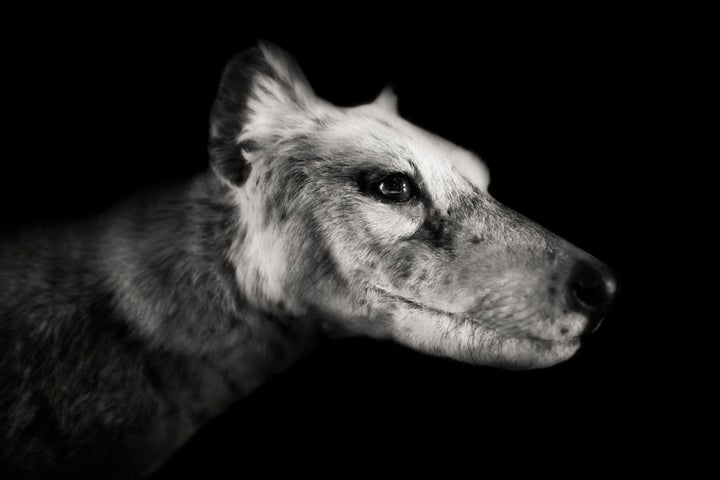
The extinct Tasmanian Tiger may never again prowl through the undergrowth, but their brains have been brought to life, so to speak, in a lab 100 years after they died.
It sounds like mad science, but a study mapped the neural brain pathways of the carnivorous marsupials, showing things people never observed back when they were still alive.
Emory University neuroscientist Gregory Berns said the resulting scans, published in journal PLOS One, showed they had more finely attuned decision-making and planning centres than their nearest relative, the Tasmanian Devil.

"The natural behaviour of the thylacine was never scientifically documented," Berns said.
"Our reconstruction of its white matter tracts, or neural wiring, between different regions of its brain is consistent with anecdotal evidence that the thylacine occupied a more complex, predatory ecological niche versus the scavenging niche of the Tasmanian devil."
The study specimens came from the Smithsonian Institution and the Australian Museum and two techniques were used to see the brains at work -- magnetic resonance imaging (MRI) and diffusion tensor imaging (DTI).
While MRI scans showed the architecture of the brain, DTI scans showed how molecules moved through biological tissues.
What Type Of Tiger?
The Tasmanian tiger or Thylacine was a dog-sized carnivorous mammal with distinctive stripes on its back and a long, thin tail.
Despite the name, it wasn't related to a tiger in any way.
The last-known Tasmanian Tiger died in 1936 in Hobart Zoo. Despite the extinct status, there are still supposed sightings of the marsupials in Tasmania as well as mainland Australia.
Berns said the same technique could be applied to other brain specimens.
"While it is easier to study the brains of animals that have recently died, we've shown that we can successfully use our scanning techniques on specimens that are 100 years old," Berns said.
"We now have the technology available to make use of the treasure trove of museum collections around the world."